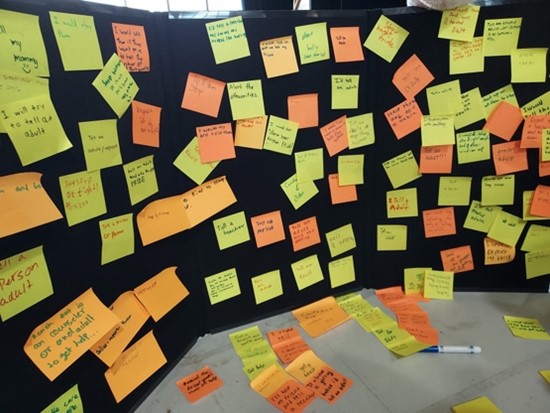Five Ways to Enhance Your Mental Wellbeing
It’s Monday—again! You wake up to another busy day of worrying how you’ll manage juggling work, family and personal commitments. As the day progresses, stress begins to take its toll, and you feel overwhelmed. Don’t worry! There’s a simple solution. Focusing a few minutes every day on enhancing your mental wellbeing can increase your resilience and help you manage stress. It’s never too late to start, even if this is something you’ve never done before.
So, let’s explore five powerful, easy-to-implement tips to improve your mental wellbeing and embark on a journey towards a calmer, happier and more fulfilling life.
Practice mindfulness
Living in the present moment without judgment can help you be more positive and better manage difficult situations when they arise. Practicing mindfulness or quieting your mind with meditation can help you to stop dwelling on the past or worrying about the future. Try physical routines such as yoga, Tai chi, and qigong to prompt mindfulness and focus on your breathing. You can learn to live your best life right now.
Take a break
Find time to do things you enjoy in small increments. Small moments of self-care can have an extremely positive impact on your mental wellbeing. Dive into the captivating world of books. Sit outside and connect with nature. Immerse yourself in thought-provoking podcasts that inspire and uplift your spirits. Or just simply unwind and let go in whatever way brings you joy.
Spend quality time with the ones you love
When you’re with loved ones, take the time to deepen connections and foster stronger relationships. Engage in conversations that help you learn more about each other’s dreams, aspirations and challenges so you can provide support to one another. Consider embarking on new adventures together, such as cooking a new recipe or taking up a fun sport. Or if you’re really up for a challenge, you can try learning a new language or how to play a musical instrument together. Explore new areas in your neighborhood, city or state, like art galleries, parks or gardens, vintage or thrift stores, farmer’s markets, specialty boutiques or shops, cultural or historical landmarks, and hidden trails or scenic spots. Discovering hidden gems with family and friends can create lasting memories. Or tantalize your taste buds by venturing into a new restaurant and indulging in a shared culinary experience. The possibilities for bonding and growth are endless when you embrace quality time with loved ones.
Prioritize sleep and healthy eating
Maintaining a regular sleep schedule and practicing proper nutrition can help you in many ways. These healthy habits work hand in hand to enhance your mood and reduce feelings of anxiety. Establishing a calming routine before bedtime can promote better sleep quality. Consider indulging in a warm bath to relax your body and mind, reading a captivating book to unwind, or listening to soothing music to create a peaceful atmosphere for restful sleep.
In addition, making mindful choices about your nutrition can help improve your mental and physical health. Choose nutrient-rich foods that nourish your body and mind. Include plenty of fresh fruits and vegetables in your meals, such as colorful berries, leafy greens and crunchy carrots. These wholesome choices provide essential vitamins, minerals and antioxidants that support your overall wellbeing and boost your mood.
Accept your thoughts and seek help when needed
It’s completely natural to feel down during challenging times, and it’s important to acknowledge and honor those emotions. Remember you don’t have to face hard times alone. Reaching out to the people who genuinely care about you can provide tremendous support and comfort, helping to uplift your spirits and bring comfort during difficult moments.
Additional mental health resources
For more information and resources to enhance your mental wellbeing, visit our award-wining behavioral health resources website, MagellanHealthcare.com/BH-Resources.
SOURCES: Healthwise, Integrative Life Center

